Update [March 04, 2019]: We have added Android 9 Pie firmware files for the U.S. variant of the Galaxy Note 9, too. Here is the software version of each Galaxy Note 9 Android Pie firmware based on One UI update below, as available at the moment:
- SM-N960F – N960FXXU2CSA2
- SM-N960U – T-Mobile – N960USQU1CSB3
- SM-N960U – AT&T – N960USQU1CSAA
If you are looking for the latest Samsung Galaxy Note 9 firmware download links, you have come to the right place. Here, you’ll find all firmware files alongside free and fast working download links for stock ROMs that come with Samsung Experience on top.
Be sure to grab the firmware that matches the exact model number of your Galaxy Note 9. Of course, once this firmware is in your possession, the installation will be done manually and in the process, the device is restored to its factory settings, so make sure you create a backup of your data before installing the downloaded firmware.
Related:
- How to update Note 9 to Android Pie based One UI software
- How to update Galaxy Note 8 to Android Pie
- How to update Galaxy S8 to Android Pie
Note that even though each U.S. carrier variant has a distinct firmware, the fact that all models have the same number SM-N960U means that you can still install T-Mobile firmware on a Verizon device or Sprint firmware on an AT&T device, and so forth. Still, we have put the files separately so that you can easily grab what’s meant for your specific model.
How to identify the exact firmware for your device
You have to download the firmware exactly meant for the model no. of the Galaxy Note 9 you have in your hand. There are numerous Galaxy Note 9 handsets with different model nos.
Also, for the U.S. Galaxy Note 9 handsets, they come with model number SM-N960U for all the carriers (and SM-N960U1 for the unlocked variant), so you have to find the SM-N960U firmware if your Note 9 is form the U.S. Any N960U firmware will work well for every carrier as they are cross-compatible.
Galaxy Note 9 firmware
| Model No. | Date | Software version | Free download link |
| SM-N960F | 14 Jan 2018 | N960FXXU2CSA2 | Android 9 Pie | N960FXXU2CSA2 |
| SM-N960N | 20 Aug 2018 | N960NKSU1ARH5 | Android 8.1 | N960NKSU1ARH5 |
| SM-N960F | 20 Aug 2018 | N960FXXU1ARH5 | Android 8.1 | N960FXXU1ARH5 |
| SM-N960U | 04 Mar 2019 | N960USQU1CSB3 | Android 9 Pie | N960USQU1CSB3 |
| SM-N960U | 01 Feb 2019 | N960USQU1CSAA | Android 9 Pie | N960USQU1CSAA |
| SM-N960U | 20 Aug 2018 | N960USQU1ARH2 | Android 8.1 | N960USQU1ARH2 |
| SM-N960U | 20 Aug 2018 | N960USQU1ARG6 | Android 8.1 | N960USQU1ARG6 |
How to download the correct firmware file
This is an important part!
Be sure to check and find the correct model no. of your Galaxy Note 9. Then, based on your device’s model no., look for the appropriate firmware build from above.
You can identify the model no. using an app called Droid Info, or simply check it on its packaging box, or under Settings > About. Another solid trick would be to look at the packaging box of your device (in case you can’t power on the device because it is bricked).
Now that you know the model no., download the latest firmware from above for that model no. exactly.
Next, install the firmware on your Galaxy Note 9 by following the guide linked right below.
How to install the firmware
First, read our disclaimer, then take backup and then follow the guide below to install the firmware.
Disclaimer!
Installing an official firmware through Odin doesn’t void your device’s warranty, but it remains an unofficial process and thus you need to be cautious of it. In any case, you only are responsible for your device. We won’t be liable if any damage occurs to your device and/or its components.
Backup, backup, backup!
Create an appropriate backup of contacts, pictures, videos, songs and other important files stored on your device before proceeding with the steps below, so that in case something goes wrong you’ll have a backup of all your important files. Sometimes, firmware installation may delete everything on your device! Like, when you change the CSC of your device, knowingly or not.
Step-by-step Firmware Installation GuideLet’s see how to install the firmware on your Galaxy Note 9. Make sure you have more than 30% battery on your device.
Step 1. Download the Android Pie firmware from the downloads section above – software version CSA2. Make sure you have downloaded the correct firmware file on your PC. Remember, this is only for the Galaxy Note 9 model no. SM-N960F.
Step 2. Install Samsung USB driver (method 1 on the linked page) first of all. Double-click the .exe file of drivers to begin the installation. (Not required if you have already done this.)
Step 3. Also, download Odin PC software (latest version).
Step 4. Extract the firmware file now. You can use free software like 7-zip for this. Install 7-zip, then right click on firmware file and under 7-zip, select ‘Extract here’. You should get files in .tar.md5 format now. (You may a bunch of files, and you will find text like AP, BL, CP or CSC etc. written at the beginning of those files.) We will be loading this file into Odin, to be installed on the device.
Step 5. Extract the Odin file. You should get the Odin exe file (other files could be hidden, hence not visible).
Step 6. Disconnect your Galaxy Note 9 from PC if it is connected.
Step 7. Boot your Galaxy Note 9 into download mode:
- Power off your device. Wait for 6-7 seconds after screen goes off.
- Press and hold the three buttons Volume down + Bixby + Power together until you see the Warning screen.
- Press Volume Up to continue to download mode.
Step 8. Double click on Odin .exe file (from step 5) to open the Odin window as shown below. Be careful with Odin, and do just as said to prevent problems.

Step 9. Connect your device now using the USB cable. Odin should recognize your device. It’s a must. When it recognizes, you will see Added!! message appearing in the Log box in the bottom left, and the first box under ID:COM will also show a no. and turn its background blue. Look at the pic below.

- You cannot proceed until you get the Added!! message, which confirms that Odin has recognized your device.
- If you don’t get Added!! message, you need to install/re-install drivers again and use the original cable that came with the device. Mostly, drivers are the problem (look at step 2 above).
- You can try different USB ports on your PC too.
Step 10. Load the firmware files into Odin. Click the AP button on Odin and the select the .tar.md5 file from above. See the screenshot below to find how the Odin window will look like after you have loaded the files.
- Click on BL tab, and select the file beginning with BL text.
- Click on AP tab, and select the file beginning with AP text.
- Click on CP tab, and select the file beginning with CP text.
- [Different!] Click on CSC tab, and select the file beginning with HOME_CSC text. If HOME_CSC file isn’t available, then select the file beginning with CSC text.
About CSC file: Using the HOME_CSC file won’t reset your device, and data on the phone shouldn’t be deleted. However, when we select a regular CSC file, and it results in CSC on the device being different than that in CSC file, your phone will be formatted automatically. You can even choose to ignore loading the CSC file, that may do alright too. But if it doesn’t work out, repeat the whole process and select CSC file this time around.
- Info: When you load files, Odin checks the md5 sum of firmware file, which takes time. So, simply wait until that’s done and the firmware file is loaded. Don’t worry if Odin gets unresponsive for a while, it’s normal. Binary size will also show up in Odin.
Step 11. Click on Options tab, and make sure Re-partition checkbox is NOT selected. Don’t use the PIT tab, ever.
Go back to the Log tab now, as it will show the progress of the firmware installation when you hit the start button in the next step.
Step 12. Verify that everything is okay as mentioned above. When satisfied, click the Start button on Odin now to start flashing the firmware on your device.
Wait till installation is finished, after which your device will reboot automatically. You’ll get PASS message as shown below upon successful installation from Odin.

Some errors you may run into, and with respective solution.
- If Odin gets stuck at setup connection, then you need to do this all again. Disconnect your device, close Odin, boot device into download mode again, open Odin, and then select the file and flash it again as said above.
- If you get FAIL in the top left box, then also you need to flash the file again as stated just above.
Done! Let the device restart automatically.
The first start of the device may take time, so wait patiently again. When it has, verify the installation. Check the Settings > About device, to confirm new build no. based on the firmware you just installed.
Need help? Be sure to let us know via comments below.
Firmware benefits
You can use the firmware for a variety of purposes, which includes:
- Fix your Galaxy Note 9 if it’s giving you force closes errors and restarts randomly.
- Unbrick your Galaxy Note 9 if it’s bootlooping and stuck at logo when restarting.
- Go Back to Stock on your Galaxy Note 9 — helps when looking to sell the device, or fix installing OTA updates if broken.
- Restore Galaxy Note 9 to factory state.
- Upgrade your Galaxy Note 9 to newer Android version.
- Downgrade your Galaxy Note 9 to lower build no. at same Android version.
- Unroot your Galaxy Note 9.
- Remove custom recovery like TWRP and CWM, if installed, on your Galaxy Note 9.
To perform any of the above, simply install the firmware meant for your device, as per its Galaxy Note 9 firmware in Settings > About device.

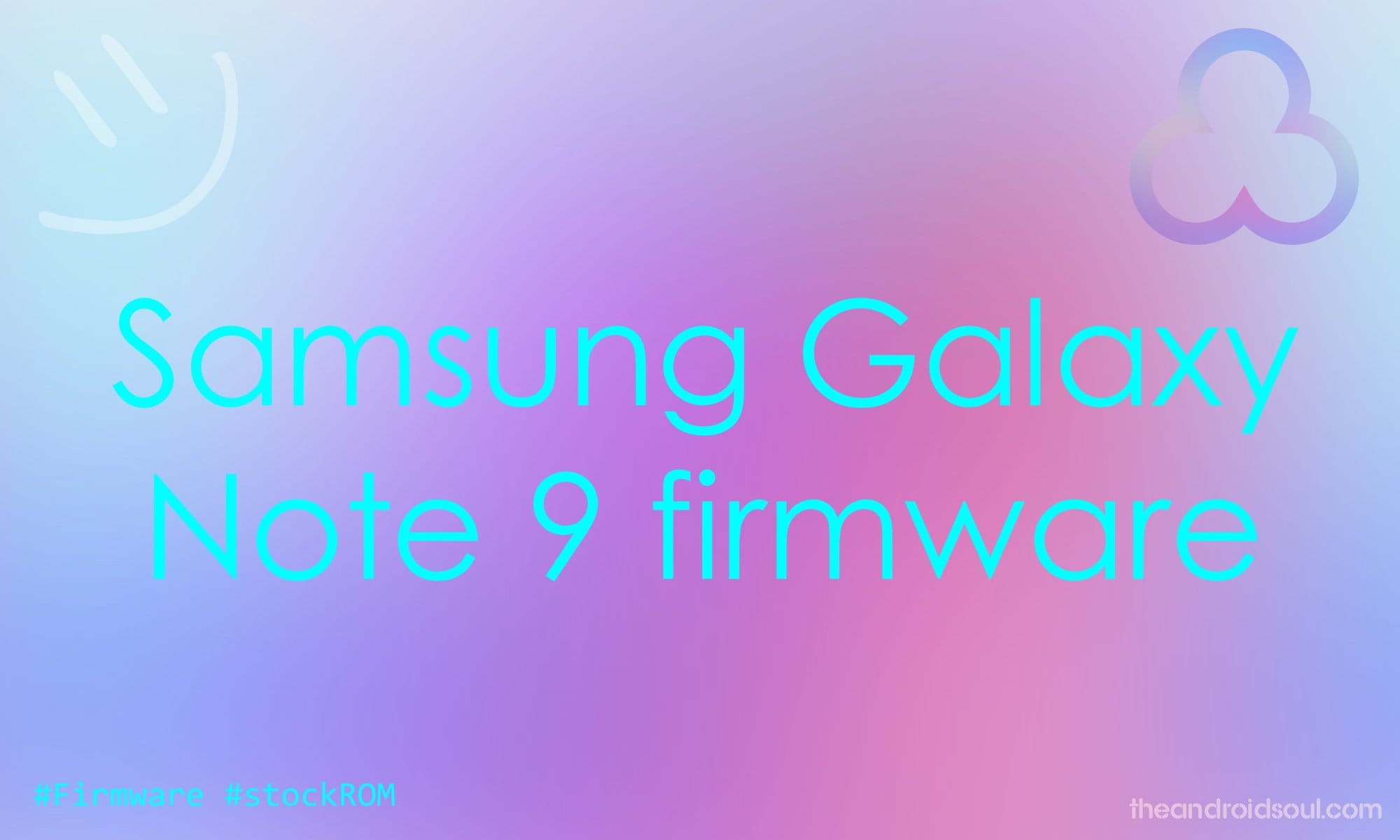
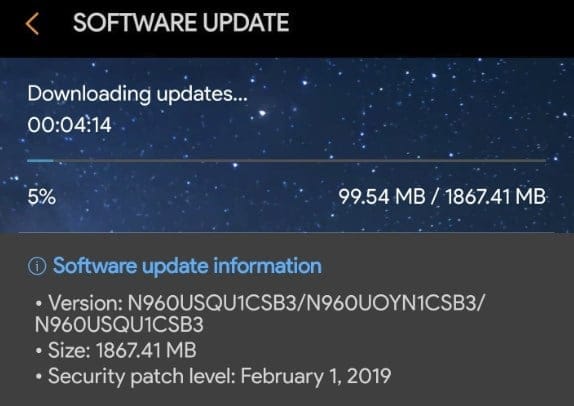
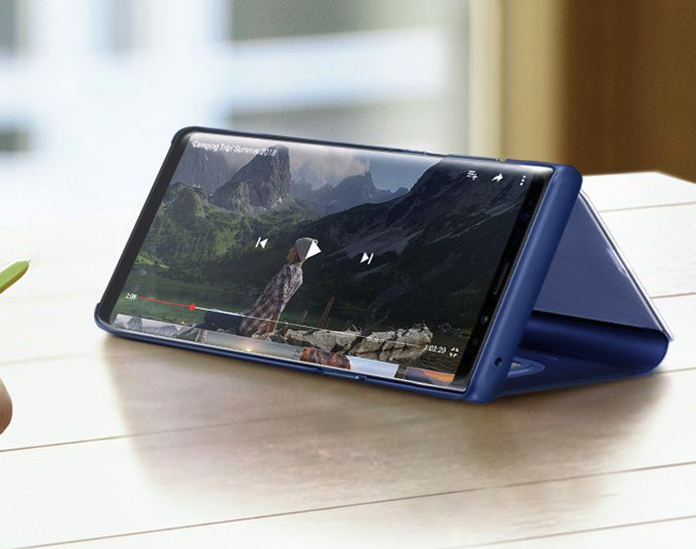
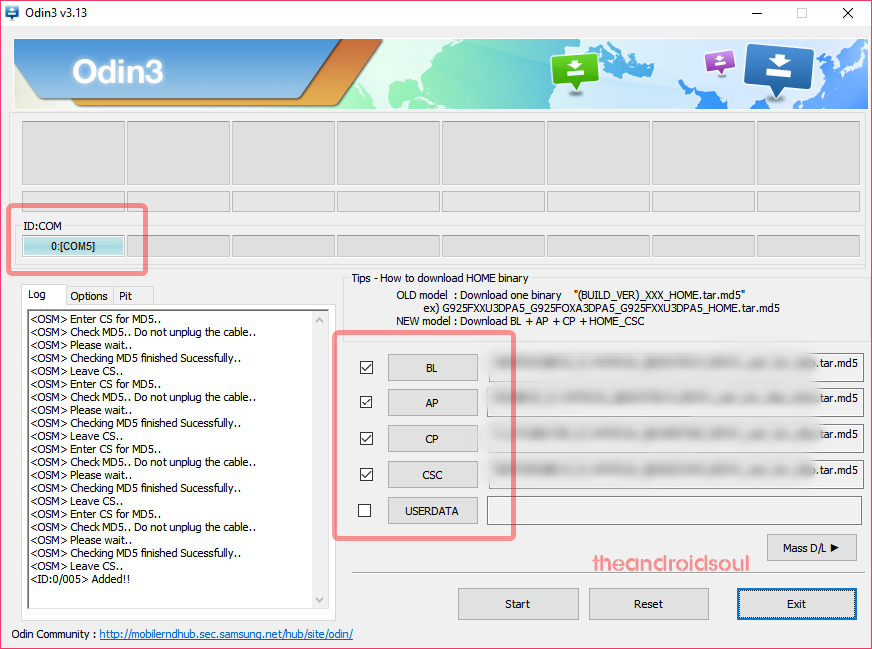
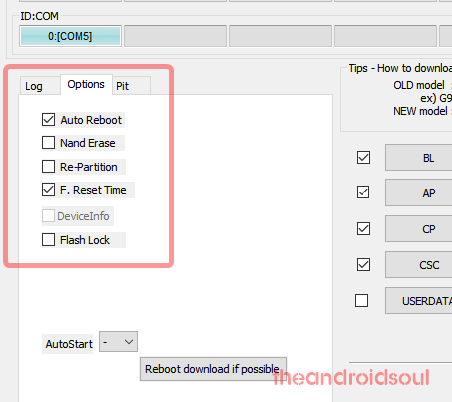

![Solution For Quiz - Where Did the Dragon Hall Deal a Major Blow to the Khitan Navy [Where Winds Meet]](/content/images/2026/01/1-15.png)









Discussion